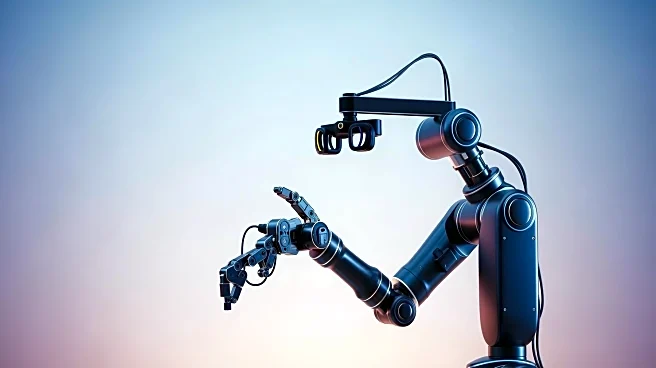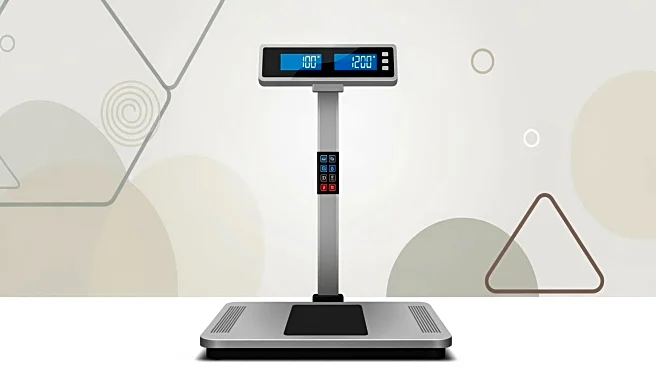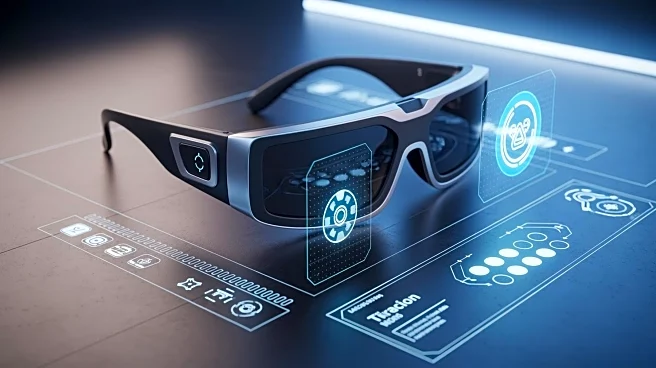What's Happening?
Researchers have developed a gaze-controlled robotic arm that allows individuals with severe motor impairments to interact with the real world using augmented reality (AR). The system integrates AR with intelligent
object detection, enabling users to control the robotic arm through an eye-tracking interface. This eliminates the need for physical input devices like joysticks, which are often difficult for motor-impaired individuals to use. The system uses the Microsoft HoloLens 2 headset for spatial mapping and eye tracking, while a lightweight YOLOv8n model on a connected PC handles real-time object detection. Users can select objects by gazing at them, and the system calculates the arm's path to grasp the object, offering intuitive control options.
Why It's Important?
This development represents a significant advancement in assistive technology, providing greater independence for individuals with severe motor impairments. By enabling hands-free operation, the gaze-controlled robotic arm offers a user-friendly alternative to traditional control methods, enhancing the quality of life for users. The integration of AR and computer vision in assistive devices could lead to more accessible and effective solutions for people with disabilities, potentially reducing reliance on caregivers and improving autonomy. The technology also highlights the potential for AR and robotics to transform healthcare and rehabilitation practices.
What's Next?
Further research and development are expected to refine the system's depth estimation capabilities, extending its reach beyond the current one-meter range. Larger studies with more participants will be necessary to validate the system's effectiveness and generalizability. As the technology evolves, it may lead to broader applications in assistive devices, encouraging innovation in the field of rehabilitation and healthcare. Stakeholders, including healthcare providers and technology companies, will likely explore partnerships to expand the use of AR-based assistive technologies.
Beyond the Headlines
The integration of AR and robotics in assistive technology raises ethical considerations regarding accessibility and equity. Ensuring that such technologies are affordable and widely available is crucial to prevent disparities in access to healthcare solutions. Additionally, the use of eye-tracking interfaces may prompt discussions about privacy and data security, as sensitive information about users' gaze patterns could be collected. Addressing these concerns will be essential to foster trust and acceptance of AR-based assistive technologies.











